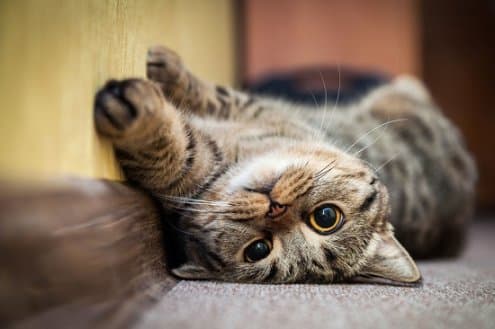The management of diabetes in cats requires a multi-level approach. Your pet needs to be regularly evaluated by your veterinarian in addition to, in many cases, daily blood glucose monitoring and insulin injections, as well as the treatment of any complications.
Hypoglycemia
Hypoglycemia, or low blood sugar, is a common condition in diabetic cats. It often occurs when a cat receives two doses of insulin, which lowers blood glucose levels. Blood glucose levels can also decrease if the cat does not eat after receiving their dose of insulin.
Seizures
Hypoglycemia can lead to the development of seizures in cats, which is why proper management and care are so essential. Management includes an appropriate dosage of insulin, vitamin supplements, and regular exercise. As some cats have a more sedentary lifestyle, encouraging them to exercise is recommended.
—
Disclaimer: Please note that the contents of this community article are strictly for informational purposes and should not be considered as medical advice. This article, and other community articles, are not written or reviewed for medical validity by Canadian Insulin or its staff. All views and opinions expressed by the contributing authors are not endorsed by Canadian Insulin. Always consult a medical professional for medical advice, diagnosis, and treatment.


